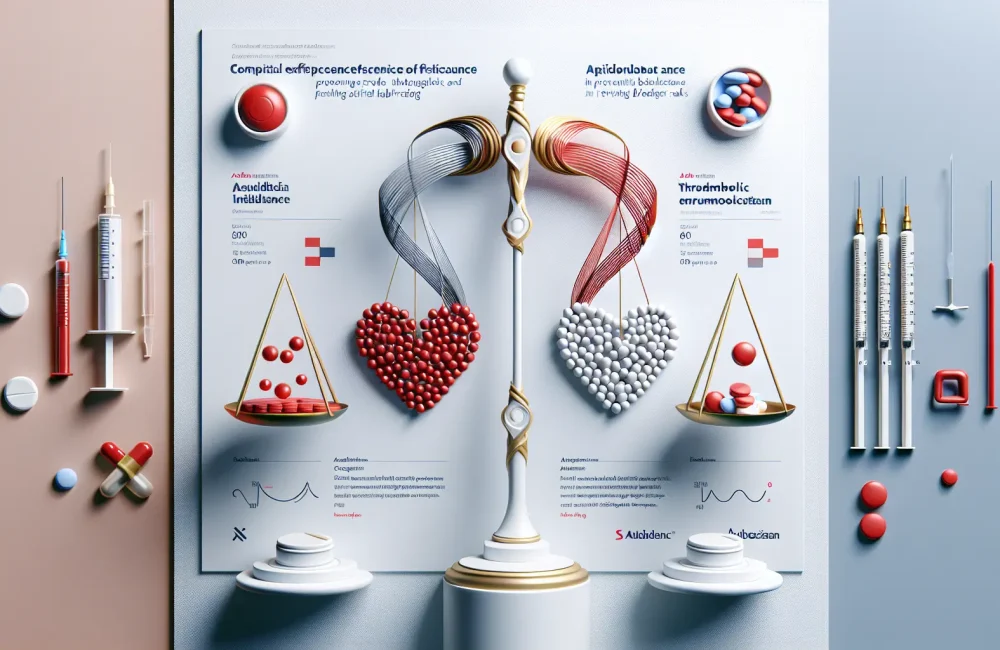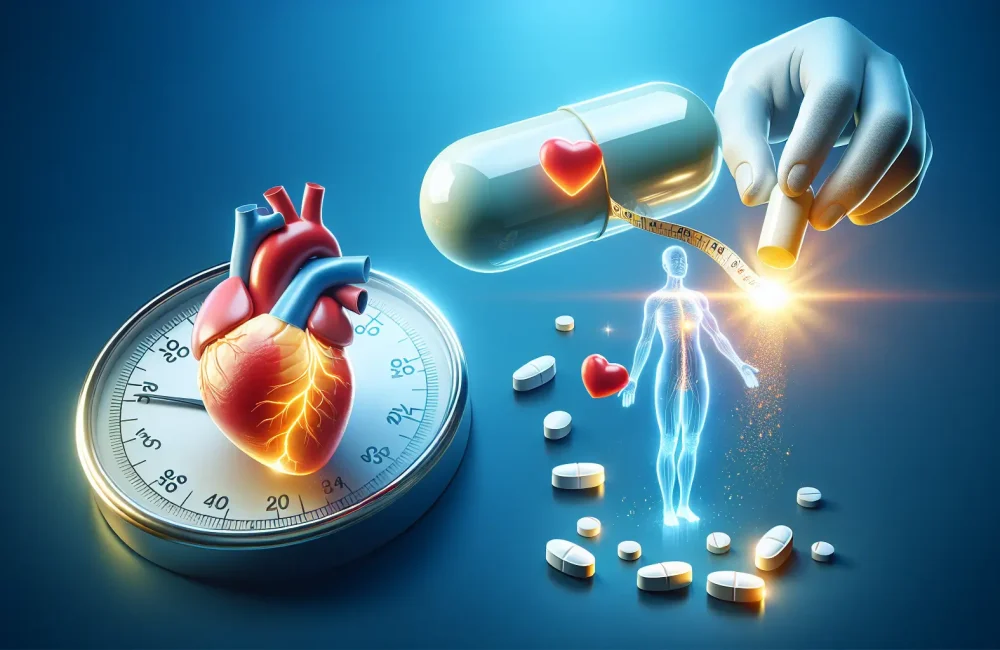By CAFMI AI From JAMA
Enhanced Management of Acute Cardiac Conditions
Cardiac intensive care units (CICUs) have undergone significant evolution in recent years, driven by advances in technology, clinical research, and multidisciplinary care models. This article highlights the latest developments in the management of acute cardiovascular diseases such as myocardial infarction, heart failure, and cardiogenic shock, the main conditions treated in CICUs. One of the key clinical insights is the integration of advanced hemodynamic monitoring tools, which allow more precise assessment of cardiac function and guide tailored therapies. Tools such as pulmonary artery catheters, ultrasonic cardiac output monitors, and continuous arterial pressure monitoring enable clinicians to obtain real-time data and dynamically adjust treatment strategies to stabilize critically ill patients. In addition, mechanical circulatory support devices, including ventricular assist devices (VADs) and extracorporeal membrane oxygenation (ECMO), have become essential in managing severe cardiac failure and shock states. These technologies improve survival chances by offering temporary or bridge therapy for patients awaiting recovery or transplantation. The evolving role of CICUs also emphasizes early mobilization protocols, which have been shown to reduce complications related to immobility such as muscle atrophy, thromboembolism, and prolonged hospital stays. Early rehabilitation efforts, combined with careful sedation and delirium prevention strategies, improve functional outcomes and shorten intensive care unit (ICU) length of stay. Furthermore, infection control measures and meticulous management of bleeding complications are critical components of patient care, given the high-risk nature of cardiac ICU populations. Overall, these advances collectively enhance the capacity of CICUs to deliver personalized, dynamic care that addresses the complex pathophysiology of critical cardiac illness.
Specialized Training and Multidisciplinary Teamwork in CICUs
Another major highlight from the article focuses on the specialized expertise required for healthcare professionals working in cardiac intensive care. The complexity of critical cardiac patients demands robust training in advanced cardiovascular physiology, pathophysiology, and device management for physicians, nurses, and allied health staff. Multidisciplinary collaboration among cardiologists, intensivists, cardiac surgeons, nurses, respiratory therapists, and pharmacists is essential to optimize outcomes. The article stresses the value of structured education programs and simulation training to prepare CICU teams for managing complex scenarios including arrhythmias, cardiogenic shock, and post-operative care after cardiac surgery. Clinical protocols and algorithmic treatment pathways help standardize care, reduce variability, and promote evidence-based practice. Knowledge and skills in recognizing red flags such as worsening hemodynamics, signs of sepsis, or neurological deterioration are vital for timely intervention. Furthermore, the role of primary care providers in follow-up and ongoing management is highlighted to ensure continuity of care post-discharge, reducing readmissions and improving long-term prognosis. Through effective communication and coordinated care pathways, the CICU team can successfully navigate the challenges posed by the critically ill cardiac patient population.
Future Directions and Clinical Implications for Healthcare Professionals
Looking ahead, the article emphasizes that cardiac intensive care will continue to transform in response to innovations in technology and deeper understanding of cardiac critical illness. Research in personalized medicine approaches aims to identify patient subgroups that will benefit most from specific interventions, enabling more targeted and effective therapies. Developments in non-invasive monitoring and wearable technology have potential to alter how cardiac patients are assessed both within and outside the ICU setting. Additionally, as healthcare systems focus on value-based care, reducing ICU length of stay and preventing complications like delirium and infections remain priorities that require integrated care strategies. Clinically, healthcare professionals must remain informed about updated guidelines and evolving best practices to deliver optimal care. Counseling patients and families about prognosis, treatment options, and potential complications forms a crucial aspect of holistic care in the CICU environment. The article reinforces the need for ongoing research, education, and policy development to support the growing demands of cardiac critical care. Ultimately, the advances described provide a framework for clinicians to improve survival and quality of life in patients facing life-threatening cardiac conditions.
Read The Original Publication Here






